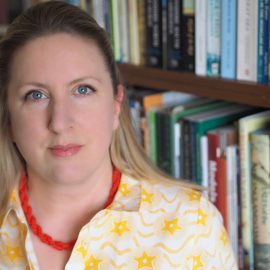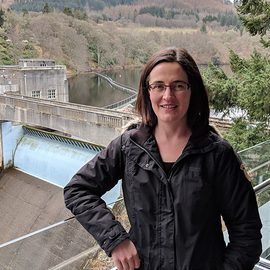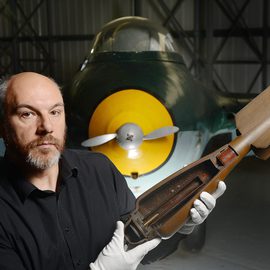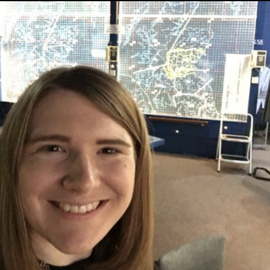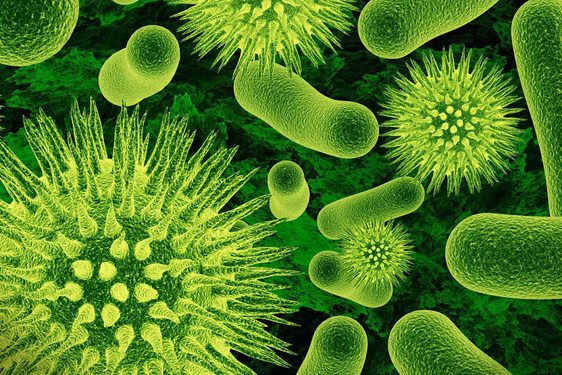
Technology
Our Technology collections cover a wide spectrum of objects relating to industry, engineering, communications, transport and agriculture.
The past, present and future of energy production in Scotland, and its consequences for the environment, can be explored through objects ranging from the 1876 Boulton and Watt beam engine to contemporary renewables.
Communications objects tell rich Scottish stories, such as a piece of the first Transatlantic telephone cable that ran from Oban to Nova Scotia, which carried the ‘hot line’ between the White House and the Kremlin during the Cold War.
Vehicles on land, sea and air are represented in the transport collections, reflecting the development of transport from horse-drawn carriages to jet-powered supersonic aircraft, and from wooden boats to autonomous vehicles.
Our agricultural collections illustrate the mechanisation of arable and livestock farming in Scotland, from hand-tools to horse-drawn and motorised land-working machines and equipment such as threshing machines, ploughs, tractors and combine harvesters.
Objects from the Technology collections are on display in the Science & Technology galleries at the National Museum of Scotland, as well as at the National Museum of Rural Life and the National Museum of Flight.
Meet the team
Postdoctoral Researchers
PhD Students
Technology stories
- Discover

Women of Cold War Scotland
Scotland played a unique role during the Cold War, a 40-year nuclear stand-off between the USA and the Soviet Union. Despite looming conflict, people in Scotland mobilised in a variety of ways in reaction to this changing world. Thousands… - Discover
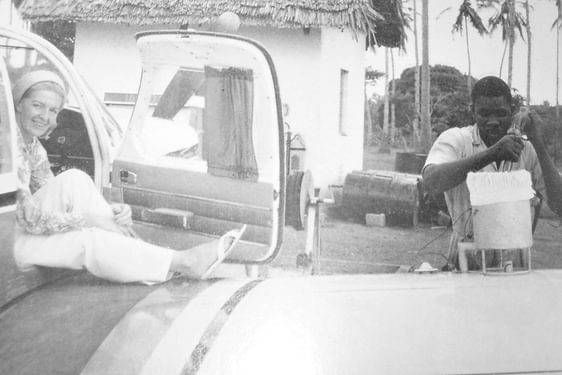
Sheila Scott: the first British pilot to fly around the world
In 1966 Sheila Scott became the first British pilot to fly around the world. In May and June 1966 Sheila Scott flew solo around the world in a Piper PA-24-260B Comanche, registration G-ATOY, named 'Myth Too'. This was the first solo round… - Discover
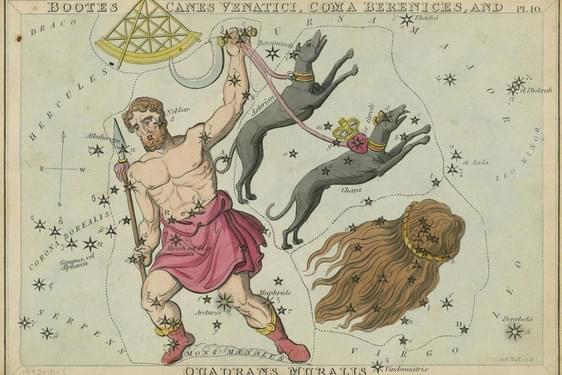
A 19th century guide to constellations
How well do you know your stars? Learn how to identify constellations like an aspiring astronomer in the 1800s with help from Urania’s Mirror.
